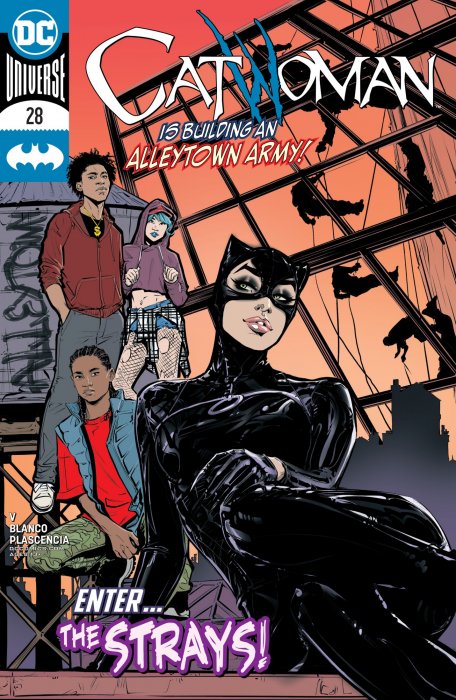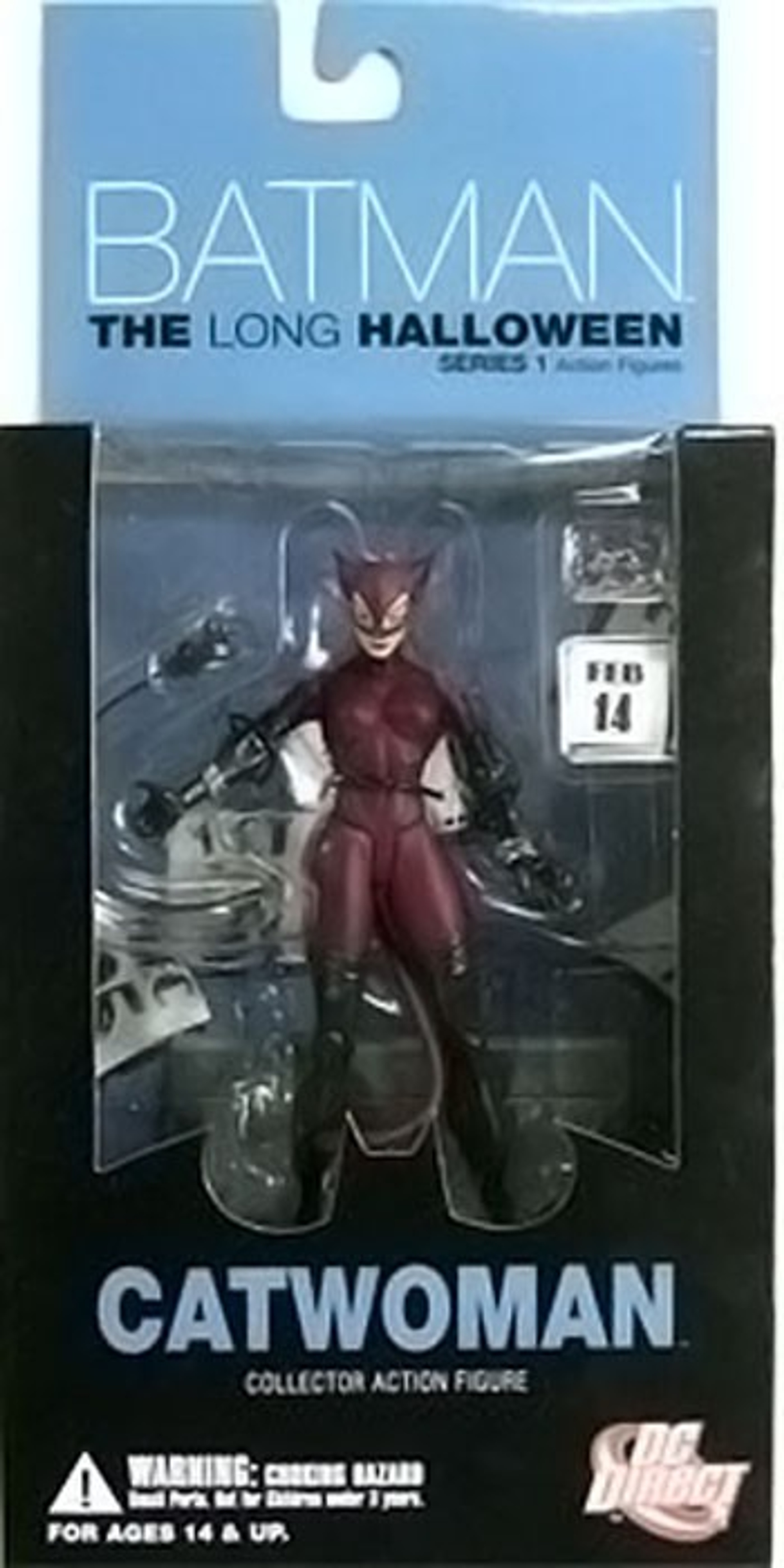
The setting is urban, with a dark and bleak mood that permeates the story. Loeb has done this in other books and he has a gift for dwelling and expressing what lies within a character’s mind. Loeb added a great “noirish” touch to the book by having the detective, Bruce Wayne, narrate the story and having the reader get into his head. “Batman: The Long Halloween” has the style and mood of a film-noir. The story has been woven in such a way that anyone and everyone can possibly have a role in the machinations of the plot. Everything and everyone has their place in the tapestry of the narrative, with the winding nature of the story leading to a conclusion that the reader won’t easily see. Every story beat and every character are integral to the story, with Loeb not just tossing villains in the mix just for the fun of it. In the midst of the families’ search for the identity of Holiday, Batman’s rogues (and Catwoman) appear throughout the series’ thirteen issues. After the first murder, subsequent murders related to the crime families occur on a different holiday, leading the killer to be dubbed “Holiday” or “the holiday killer.” Intrigue and mystery abound, with loyalties tested and betrayed throughout the book’s proceedings. One Halloween night, Falcone’s nephew is murdered in his bathtub, which leads Batman, Gordon, and Dent on a mission to find out who killed him. Story, art, and color are all molded together into one of the greatest Batman (and just plain old comic book) stories every told.Ĭarmine “The Roman” Falcone and Vincent “The Boss” Maroni are two Italian crime families that work out of Gotham City. Crime bosses, Arkham Asylum residents, and the triumvirate of Batman, Captain (not yet Commissioner) James Gordon, and District Attorney Harvey Dent (and they’re respective loved ones) collide in an epic that has repercussions for each one of these characters. Writer Loeb and artist Sale (along with colorist Gregory Wright) craft a tale that is immense and operatic, with twists and turns (and the occasional quiet and, at times, intense psychologically profound moments peppered throughout) that keep the reader guessing and second-guessing through the turnstiles of the story. The book is a crime noir that contains the outsized emotions and action that is required of the genre, bearing the inimitable style of frequent collaborators Jeph Loeb and Tim Sale.

Belief and faith in comrades, family, and friends permeates “Batman: The Long Halloween”, testing the characters’ loyalties and trust.


“I believe in Gotham City.” “I believe in Harvey Dent.” “I believe in Jim Gordon.” “I believe in Batman.” At various moments (sometimes more than once), these declarations are declared with fervor.


 0 kommentar(er)
0 kommentar(er)
